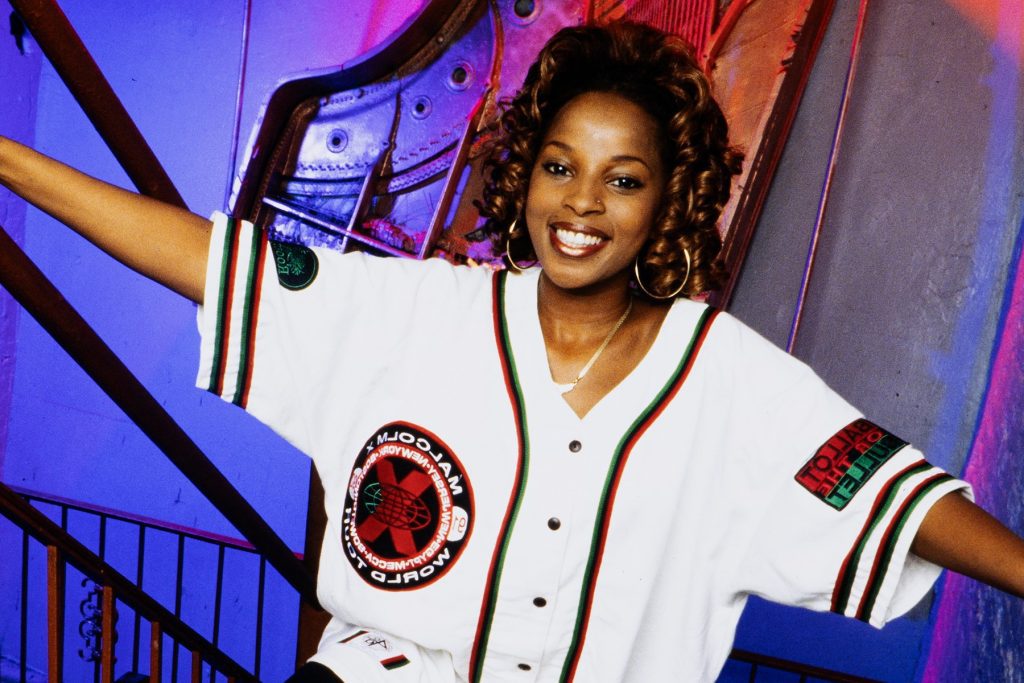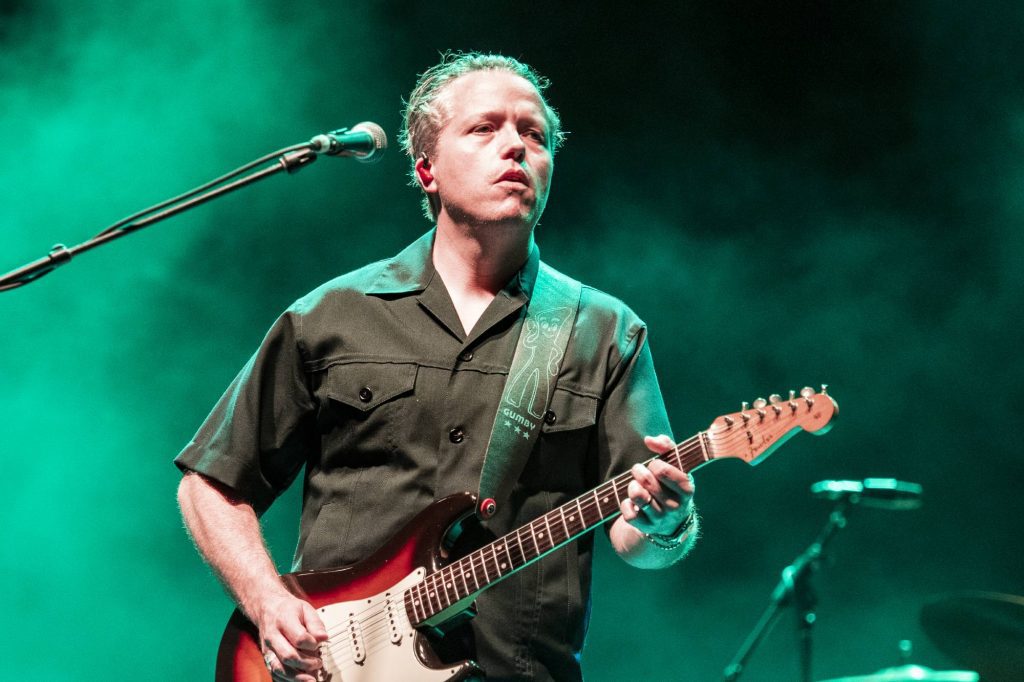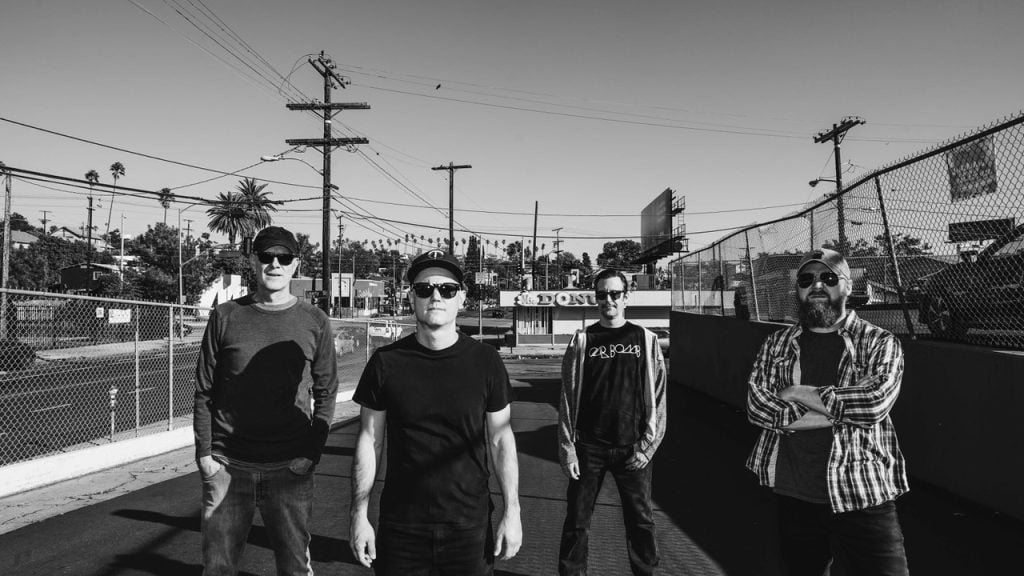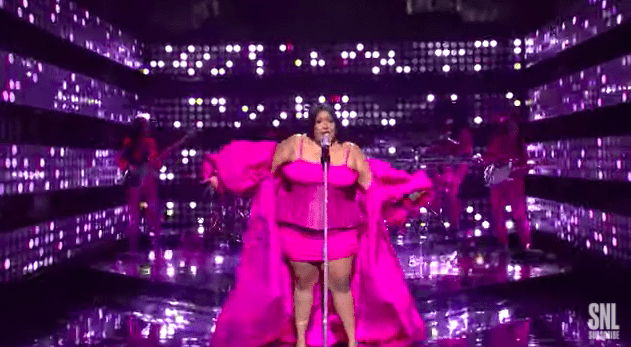
How Avant-Guitar Godfather Sonny Sharrock Reconciled Terror and Beauty
Questlove’s new Summer of Soul doc is a trove of incredible footage, featuring extended clips of Sly and the Family Stone, Mavis Staples, Nina Simone, Stevie Wonder, and other icons at the height of their performing powers. But one of the film’s most striking sequences spotlights a lesser-known figure who shared the bill with these legends at 1969’s Harlem Cultural Festival: the guitarist Sonny Sharrock, seen convulsing and grimacing onstage as he wrings a gritty expressionist racket from his hollow-body ax during an appearance backing flutist Herbie Mann.
“With black musical expression, there’s a certain kind of release and catharsis,” the critic and musician Greg Tate says in the film, contextualizing the Sharrock clip. “There’s also rage; there’s also trauma. This notion of spirit possession from Africa gets translated into this horrific American experience. The artists connect with the pain. It’s like, ‘Yeah … I want you to feel who Sonny Sharrock really is right now.’”
blogherads.adq.push(function () {
blogherads
.defineSlot( ‘medrec’, ‘gpt-dsk-tab-article-inbody1-uid0’ )
.setTargeting( ‘pos’, [“mid-article”,”mid”,”in-article1″,”mid-article1″] )
.setSubAdUnitPath(“music//article//inbody1”)
.addSize([[300,250],[620,350],[2,2],[3,3],[2,4],[4,2]])
;
});
Watching the film, you do feel who Sonny Sharrock really was, in the most visceral way, but after checking out this brief episode, you might be curious to learn more. He can be a hard figure to get a handle on, partly because any one glimpse of the guitarist — who died of a heart attack in 1994, at age 53 — tended to give you only a fragmentary idea of his artistic identity. On one hand, Sharrock was a staunchly perverse player, whose fierce, trilling right-hand attack (“the buzzsaw, the rip,” he once called it) and stun-blasts of cacophony were his way of emulating the free-jazz saxophone pioneers such as John Coltrane, Pharoah Sanders, and Albert Ayler who were his greatest musical heroes. (In a 1989 interview with Ben Ratliff, Sharrock explained that he initially chose guitar over tenor saxophone only because he had asthma. “I’m a tenor player, man. I’ve always thought of myself as one,” Sharrock added. “I don’t like guitar, I don’t like it at all, and I’ve always been influenced by horn players.”)
But much like Ayler, Coltrane, and Sanders — with whom Sharrock made his recorded debut, on 1967’s Tauhid — the guitarist also had a deep fascination with soul-stirring melody. He grew up singing doo-wop, and his first album as a leader, 1970’s Black Woman, which featured his then-wife Linda on alternately soothing and shrieking vocals, featured its share of folky, hummable themes. The producer of that album was Mann, the jazz-meets-R&B flutist in whose otherwise amiable-sounding band Sharrock served as a welcome fly in the ointment for several years in the late Sixties and early Seventies; asked about his fondness for Sharrock, Mann once said, “Lots of people say they can’t understand how Sonny Sharrock can be in my band. The only reason for them saying that is: possibly they think that when you’re a bandleader you expect all your children to be brought up in your exact image. Which just shows that people and critics don’t know anything about individuals.”
In this same period, Sharrock also recorded with Roy Ayers and Wayne Shorter, and made an uncredited appearance on Miles Davis’ early fusion landmark Jack Johnson. And from the mid-Eighties through the early Nineties — when he often gigged with saxophonist Peter Brötzmann, bassist Bill Laswell, and drummer Ronald Shannon Jackson in the brilliantly boorish noise-jazz supergroup Last Exit — he was riffing on gemlike original tunes on his revelatory multi-tracked solo album Guitar and flirting with glossy pop on the charming Sonny Sharrock Band release Highlife.
blogherads.adq.push(function () {
blogherads
.defineSlot( ‘medrec’, ‘gpt-dsk-tab-article-inbody2-uid1’ )
.setTargeting( ‘pos’, [“mid-article2″,”mid”,”in-article2″,”mid-article”] )
.setSubAdUnitPath(“music//article//inbody2”)
.addSize([[300,250],[300,251],[620,350],[2,4],[4,2],[3,3]])
.setLazyLoadMultiplier(2)
;
});
The stunning clip below, a full live set recorded in Prague in 1990, features a double-drum quintet similar to the one heard on Highlife, but with the great Melvin Gibbs, later of the Rollins Band and Harriet Tubman, on bass. On pieces like “My Song,” from 1987’s high-energy Seize the Rainbow, and a medley of “Venus”/”Upper Egypt and Lower Egypt,” two Sanders works that Sharrock had played on Tauhid, you can hear Sharrock relishing the contrast between the bright, hopeful compositions and the stormy turbulence of his trademark buzzsaw solos.
In a 1991 New York Times interview, Sharrock reflected on his omnivorous sonic appetite.
“In the last few years, I’ve been trying to find a way for the terror and the beauty to live together in one song,” he said. “I know it’s possible. I remember seeing John Coltrane standing there, his saxophone screaming, hearing the Flamingos sing at the Apollo. All that pretty music! I hope I’m as greedy as those musicians were. I want the sweetness and the brutality, and I want to go to the very end of each of those feelings.”
Sharrock would harness all of that — the terror and the beauty, the sweetness and the brutality — on the final album he released before his death, the Laswell-co-produced Ask the Ages, a powerhouse quartet session featuring his old friend Pharoah Sanders, former Coltrane drummer Elvin Jones, and bassist Charnett Moffett. It’s a gorgeously varied set that ventures from the white-hot heavy-metal bebop of opener “Promises Kept” to the almost unbearably poignant balled “Who Does She Hope to Be?,” the lowdown doom-blues of “Many Mansions” (a reprise of a theme Sharrock first played with saxophonist Byard Lancaster on 1968’s It’s Not Up to Us), and the sky-kissing melodicism of “Once Upon a Time.” As Andy Cush put it in a deep, insightful Pitchfork Sunday Review of Ask the Ages published this past April, the album found Sharrock “in the best form of his life, playing with impossible tenderness on one tune and unbearable force on the next.”
Given Sharrock’s range, it’s not surprising that he’s inspired musicians across the musical spectrum. He has fans in exploratory contemporary artists from free-spirited guitarist Ryley Walker to ecstatic punk-jazzers Sunwatchers; Living Colour’s Vernon Reid, who has called him a “massive [influencer] of alternative & outsider guitar”; Thurston Moore, who paid homage to Sharrock after the guitarist’s death on an episode of eccentric cartoon talk show Space Ghost Coast to Coast (which featured an outer-limits blues-rock theme song by Sharrock); and Carlos Santana, who has covered Sharrock live and was set to work with him before Sharrock’s passing. Speaking to Premier Guitar in 2016, Santana summed up Sharrock’s achievement — the way, as Greg Tate noted, he made us feel the totality of who he was in every cathartic outburst — and, just as importantly, the freeing effect it could have on those who paid witness.
“Sonny — I would call him a liberator,” Santana said. “If you really listen, artists like that can liberate you from your own fear. He’s like Coltrane — he’s the cosmic lion. And when he roars he wakes people up from the nightmare of feeling limited and unworthy.”
blogherads.adq.push(function () {
blogherads
.defineSlot( ‘medrec’, ‘gpt-dsk-tab-inbodyX-uid2’ )
.setTargeting( ‘pos’, [“mid”,”mid-articleX”,”in-articleX”,”mid-article”] )
.setSubAdUnitPath(“music//article//inbodyX”)
.addSize([[300,250],[300,251],[3,3],[620,350]])
.setLazyLoadMultiplier(2)
;
});




